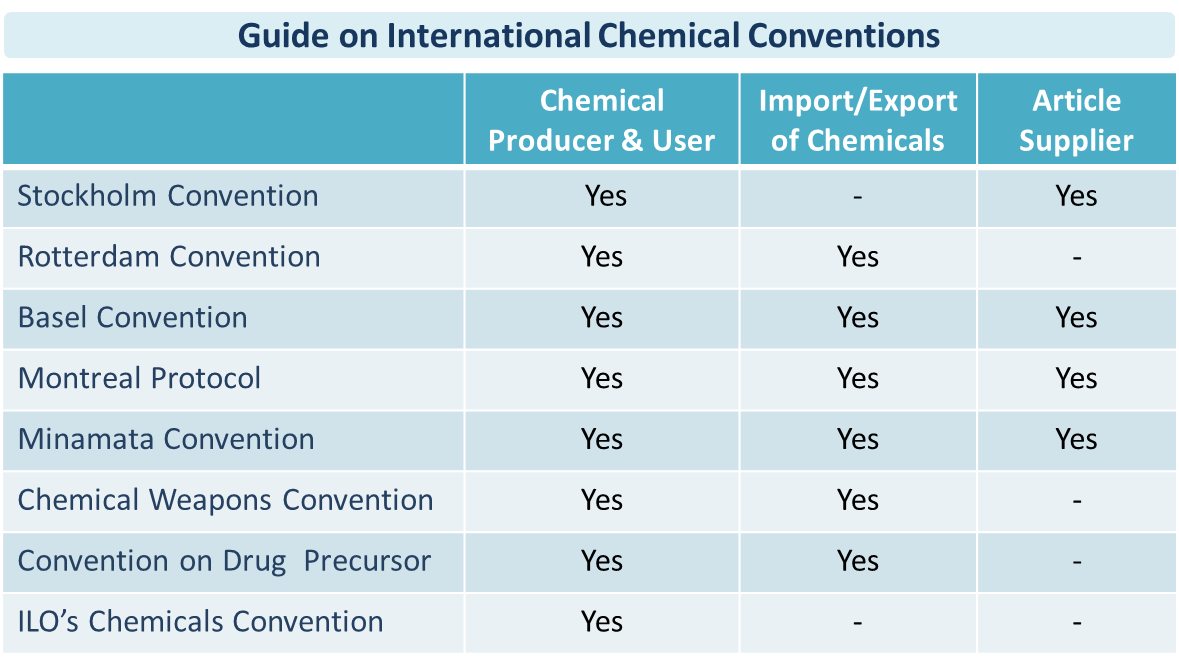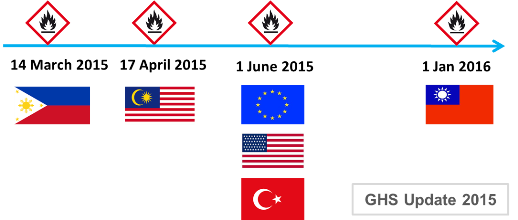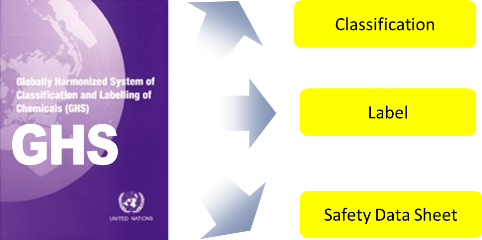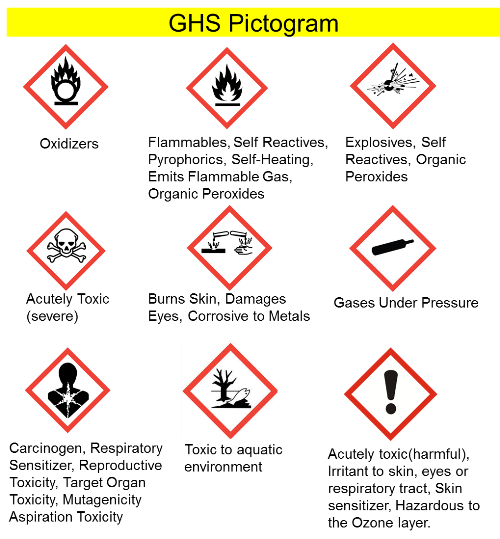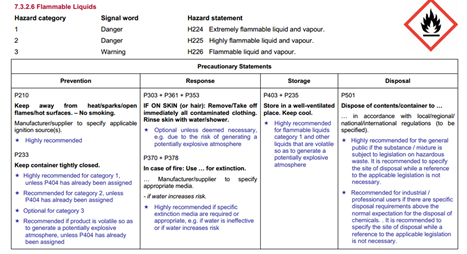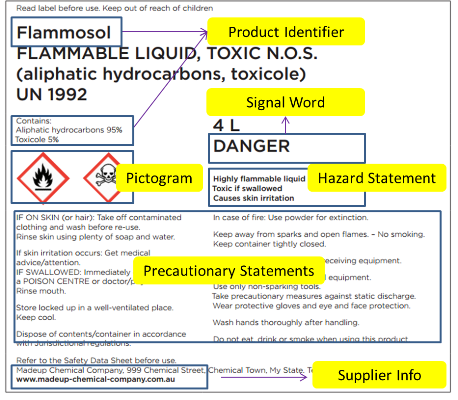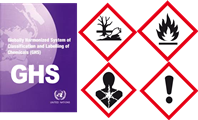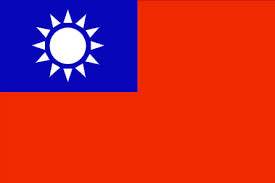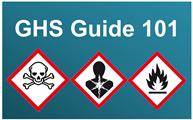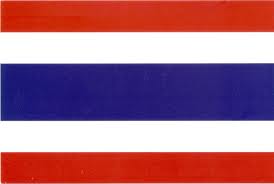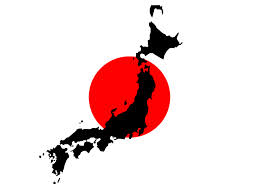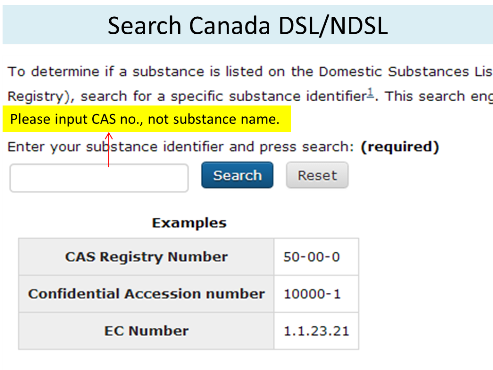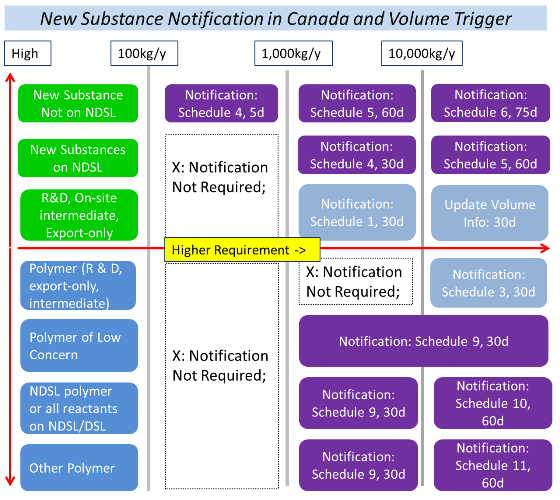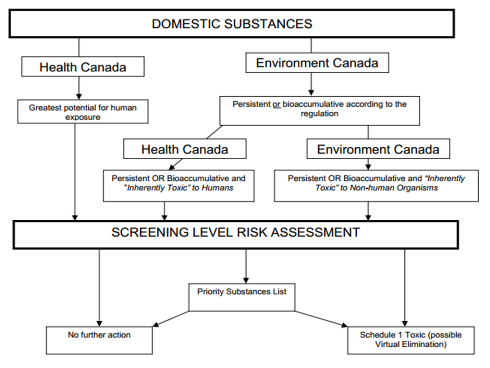As China is close to adopting its upgraded China RoHS regulation (China RoHS 2), we feel it necessary to look into this new regulation and compare it with EU RoHS 2.
4 New Chemicals Listed under the Stockholm and Rotterdam Conventions and Their Impacts
28 May 2015
Let's take a look at those 4 newly added chemicals and analyze their potential impacts on your business. A complete list of candidate chemicals is also given. Read more..
28 May 2015
Let's take a look at those 4 newly added chemicals and analyze their potential impacts on your business. A complete list of candidate chemicals is also given. Read more..
K-REACH's Leniency Program Is Now Official!
26 May 2015
According to Chemical Watch (subscription required), Korea is giving 6 months (May~Nov 2015) for companies who failed to notify new substances under TCCA in the past.
26 May 2015
According to Chemical Watch (subscription required), Korea is giving 6 months (May~Nov 2015) for companies who failed to notify new substances under TCCA in the past.
Two New GHS Quizzes Launched (Pass Rate 60% and 10% Respectively).
13 May 2015
We have launched two new GHS quizzes (regular level and advanced level) to test your knowledge of GHS. You can take the anonymous quizzes here.
13 May 2015
We have launched two new GHS quizzes (regular level and advanced level) to test your knowledge of GHS. You can take the anonymous quizzes here.
5 Free Underutilized Chemical Regulatory Tools You Should Know
11 May 2015
Here are 5 free tools that we think are among the most underused but very helpful tools for checking chemical regulatory lists and chemical safety data. Read more.
11 May 2015
Here are 5 free tools that we think are among the most underused but very helpful tools for checking chemical regulatory lists and chemical safety data. Read more.
How to Find Occupational Exposure Limits (OELs) for Chemical Substances?
6 May 2015
This article will help you understand different types of occupational exposure limits and teach you how to find them easily. Read more...
6 May 2015
This article will help you understand different types of occupational exposure limits and teach you how to find them easily. Read more...
A Comparison of NFPA, HMIS and HCS Labelling System in the United States
4 May 2015
Are you confused with various chemical hazard rating and workplace labelling system in the United States: NFPA, HMIS, and HCS/GHS? You may find it helpful to read this comparison.
4 May 2015
Are you confused with various chemical hazard rating and workplace labelling system in the United States: NFPA, HMIS, and HCS/GHS? You may find it helpful to read this comparison.
